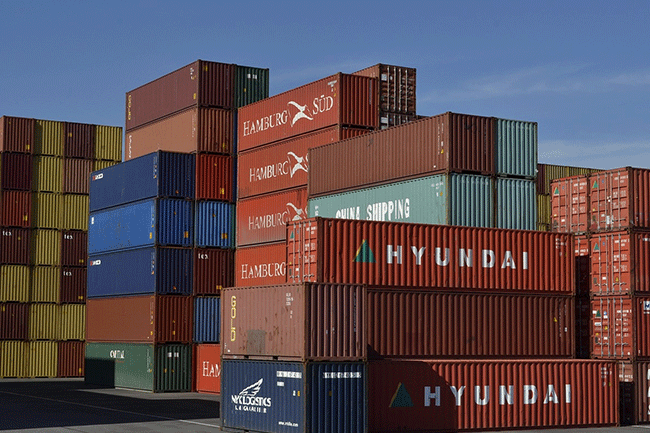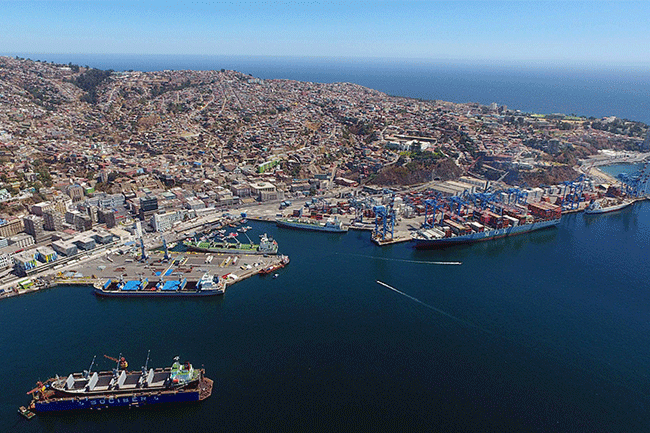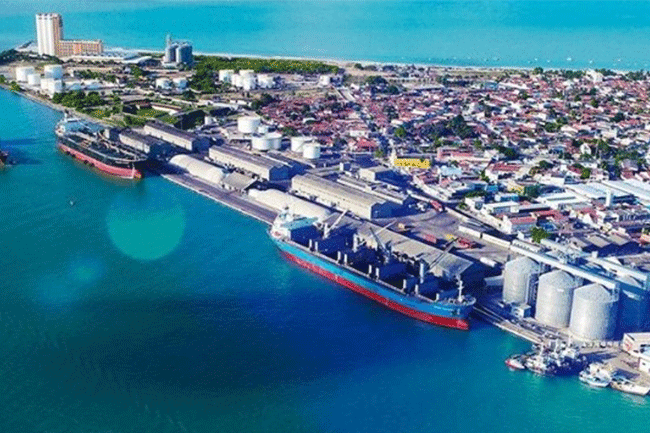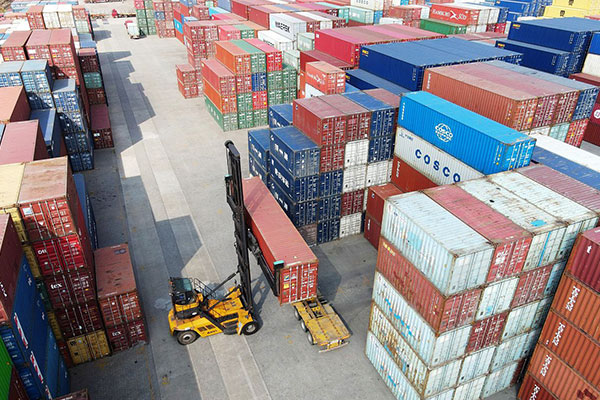- Shanghai Zhongshen International Trading Co., Ltd. – Your reliable partner with 20 years of import/export agency service expertise.

I. Analysis of the Import Trade Situation and Opportunities of Dutch Coffee
As a "hub port" for the European coffee trade, the Netherlands has long occupied more than 30% of the global coffee transit trade market, leveraging the logistical advantages of the Port of Rotterdam and the pricing power of the Amsterdam coffee trading market. According to 2023 data, China's coffee imports from the Netherlands increased by 18% year-on-year, primarily due to tariff concessions under the China-Netherlands Free Trade Agreement (MFN tariff rate of 8%) and the explosive growth of the domestic premium coffee consumption market. However, in recent years, the European Union has strengthened "green trade barriers," imposing stricter requirements on pesticide residue limits in coffee beans (e.g., chlorpyrifos ≤ 0.05mg/kg) and carbon footprint certification, coupled with other restrictive measures.Maritime transportPrice fluctuations (in 2023, the freight rates for Asia-Europe routes dropped by 40% compared to 2021, but were still higher than before the pandemic), and enterprises facing dual challenges of compliance and cost when importing independently, highlight the increasing value of professional agency services.
II.Import Agent ServicesCore competence: Full-chain control of documents and logistics
(I) Documentation: “ID-card” management for compliant clearance
The import of Dutch coffee involves 12 core documents, which must strictly adhere to the principle of "consistency between orders and documents".
- Basic trade documents: The commercial invoice (CI) must list the coffee bean variety (such as Arabica/Robusta), the roasting status (raw beans/roasted beans), and the unit price (which must meet the customs price inquiry standards); the packing list (PL) must indicate the net weight per box (accurate to 0.1 kg), the total number of boxes, and the volume (which affects the calculation of ocean freight charges).
- Official certified documents:Origin CertificateThe Certificate of Origin (CO) issued by the Dutch Chamber of Commerce is the key to enjoying tariff preferences. The Phytosanitary Certificate must state that no quarantine pests such as the coffee borer beetle or the coffee bark beetle have been found, and it must match the information of the "consignee" on the bill of lading (there have been cases where the certificate was rejected due to the omission of the Chinese company's name). The Health Certificate must list the aflatoxin B1 test value (≤5μg/kg, in accordance with the Chinese GB 29921 standard).
- Transportation-related documents: The sea freight bill of lading (B/L) must clearly indicate a "clean bill of lading" (without any adverse annotations), and it should be noted that the "shipper" column should be filled in by the Dutch exporter (to avoid any confusion).Re-export ServicesThe origin dispute that has arisen; the insurance policy (if using CIF terms) must cover the "freshwater rain damage risk" (as coffee beans are prone to moisture absorption and mold growth).
Our company's document processing team adopts a "three-level review system": initial review by document preparers (checking contract numbers and HS codes), review by supervisors (verifying the validity of certificates), and final review by the compliance department (matching the latest customs regulatory requirements), ensuring that documents pass customs verification on the first attempt and reducing the average customs clearance time by 2-3 working days.
(II) Logistics Management: door-to-door solution from Rotterdam to China
Due to the characteristics of coffee being prone to moisture and sensitive to pressure, customized operations are required in the logistics process:
- Selection of transportation methods: More than 90% of shipments are transported by full container load (FCL) in 20GP/40GP sea containers, to avoid the risk of cargo damage caused by less-than-container load (LCL); for small-scale imports (≤5 tons), Rotterdam-Shanghai routes can be selected.China-Europe Railway Express(transit time ≈ 18 days, 10 days faster than ocean freight but 20 % more expensive).
- Booking a shipping space and loading the container: Preferentially select "dry cargo containers with ventilation holes" from shipping companies such as Maersk and CMA CGM. Before loading the containers, check the dryness of the container floor (humidity ≤60%). Place 10 packets of calcium chloride desiccant (each packet weighing 500g) in each container, and film the entire loading process (to serve as evidence for cargo damage claims) before sealing the containers with lead seals.
- Destination port operation: 3 days before arrival, complete the pre-declaration through the "Single Window" system, and simultaneously handle the inspection declaration (to obtain the customs clearance number) and the customs declaration (to submit electronic accompanying documents). If the goods are subject to customs inspection, our on-site staff can quickly coordinate the unloading of containers (using soft slings to avoid damage to the bean bags) and sampling (extracting representative samples at a ratio of 1:100), and cooperate to complete the sensory inspection (color, odor) and laboratory testing (pesticide residues, microorganisms).
- Domestic distribution: After customs clearance, the goods will be temporarily stored in the Shanghai Waigaoqiao Bonded Warehouse (with temperature control ≤ 25°C and humidity ≤ 50%). They will be distributed nationwide according to the client's requirements, and "door-to-door" delivery services (using box trucks and moisture-proof tarpaulins) will be provided.
III. Expansion of Business with Russia: VTBConvert foreign exchange into RMB's Efficiency and Security Advantages
Part of the Dutch coffee trade involves Russian middlemen (such as transshipment through St. Petersburg), or the need for cross-settlement between domestic importers and Russian companies. Our company and Russian companiesforeign tradeBank (VTB) establishes long-term cooperation and can provide the following services:
- Multi-currency settlement: Support dual-currency settlement in euros and RMB (CIPS system), avoiding the SWIFT restrictions on USD settlement;
- Exchange rate locking service: Through VTB's "forward foreign exchange settlement agreement", you can lock in the exchange rate within 6 months (for example, the spot exchange rate is 7.2, and the locked-in rate is 7.18, which reduces the risk of exchange rate fluctuations).
- Compliance guarantee: Strictly review the transaction background (such as contracts, logistics documents, and the "three-flow consistency" of fund flows) to ensure that it does not violate the sanction provisions of OFAC (the U.S. Treasury Department's Office of Foreign Assets Control).
2023 Case Study: A client purchased raw beans from the Netherlands through a Russian supplier. By using VTB for foreign exchange settlement, they saved 3% in transaction fees compared to the traditional USD-based route, and avoided payment delays caused by SWIFT disruptions.
IV. Full-process import operation: a closed-loop service from consultation to feedback
(I) Preliminary Preparation: Requirement Confirmation and Contract Review
During the client consultation phase, our company clarified through the "Import Demand Survey Form": coffee bean varieties (such as Yirgacheffe), specifications (raw beans/roasted beans, particle size sieve ≥ 18 mesh), import quantity (first suggested trial order of 5-10 tons), target markets (e-commerce/offline stores). When negotiating and signing contracts, we focused on reviewing trade terms (recommending CIF Shanghai, with our company controlling logistics to reduce risks) and payment methods (T/T 30% advance payment + 70% upon receipt of the bill of lading copy, or spot payment).?L/C?Output: (1) Logistics terms (e.g., L/C, Incoterms, etc.); (2) Quality specifications (specifying quantifiable indicators such as "defective beans ≤ 3%, broken beans ≤ 5%", etc.);
(II) Execution Phase: production monitoring and customs compliance
After the order was placed, our company commissioned SGS (SGS Technical Services) to conduct on-site inspection of the Dutch exporter's production workshop, with a focus on verifying the following aspects: raw material storage conditions (temperature ≤20℃, humidity ≤55%), roasting degree (light/medium/dark, consistent with the contract's "L*=60-65 color value"), and packaging (using food-grade PP bags + aluminum foil inner bags, with "moistureproof" labels on the outer bags). At the customs stage, the HS code must be accurately classified (raw beans 09012100, roasted beans 09012200). If the declaration is incorrect, the company may face additional tax payments (e.g., if roasted beans are mistakenly classified as raw beans, a 10% tariff difference must be paid).
(III) Post-service: quality assurance and summary optimization
After the goods arrive at the port, our company will cooperate with the Customs Technical Center to complete the sampling inspection (the report will be issued within 7 working days). If the inspection results are unsatisfactory (such as exceeding the standard of aflatoxin), we can assist clients in initiating claims against the exporter (the inspection report must be submitted within 15 days). After the service is completed, we will provide an "Import Full-Process Analysis Report", which includes cost breakdown (with sea freight accounting for 35% and customs duties for 12%), delivery time statistics (an average of 28 days for sea freight from Rotterdam to Shanghai), and problem records (such as the 3-day delay due to the shipping company's port-skipping in this case), to help clients optimize their next import plans.
5. Certification Notes: Clients are required to prepare the necessary compliance documents themselves.
When exporting coffee from the Netherlands to China, although there's no need for our company to handle the certification process, clients are required to prepare the following documents in advance (it is recommended to allow 6-8 weeks for the application process):
- Mandatory: The EU Official Health Certificate (EC Certificate), issued by the Netherlands Food and Consumer Product Safety Authority (NVWA);
- Volunteer category: Organic certification (such as EU Organic, which requires review by the Dutch SKAL certification agency) and Rainforest Alliance certification (which verifies sustainable farming practices);
- Special Category: Low-caffeine coffee requires providing a proof of the decaffeination process (such as CO? extraction method) and a report on the detection of caffeine residues (≤0.1%).
Note: Our company can assist in reviewing the validity of certification documents, but we do not directly provide certification processing services.
In summary, Dutch coffee imports require balancing trade compliance, logistics efficiency, and cost control. Professional agency services, through meticulous document management, customized logistics solutions, and advantages in Russian currency settlement, can help enterprises reduce operational risks by 30% and shorten customs clearance time by 20%. Choosing an agent with 20 years of experience is an efficient path for small and medium-sized importers to enter the Dutch coffee trade.
? 2025. All Rights Reserved.










